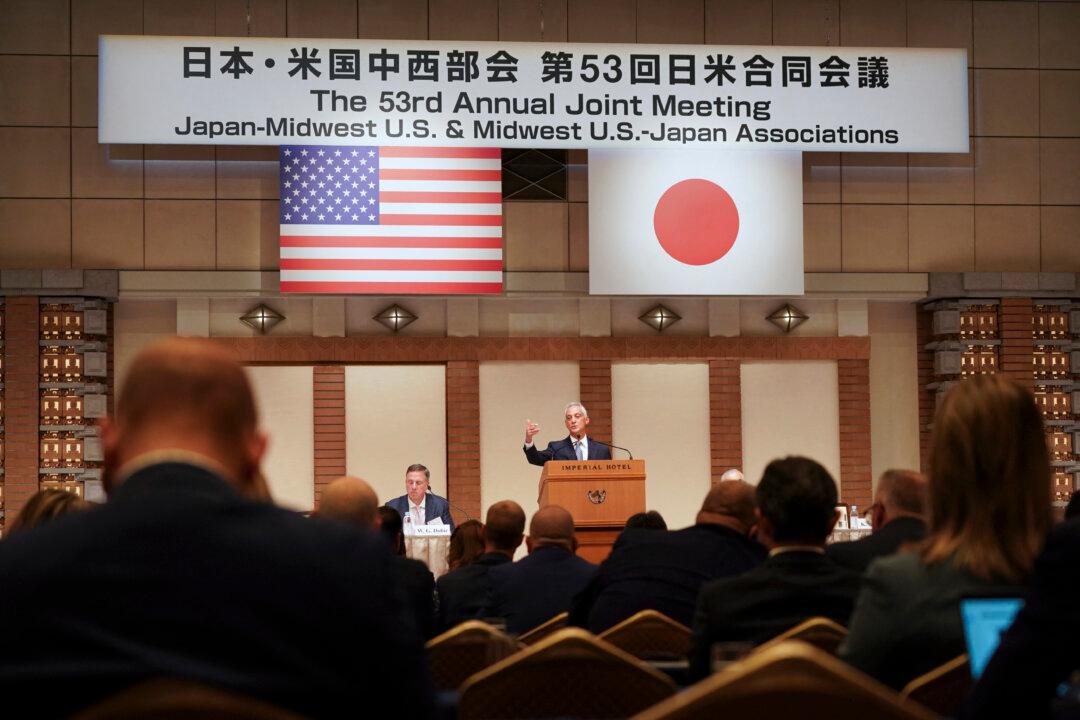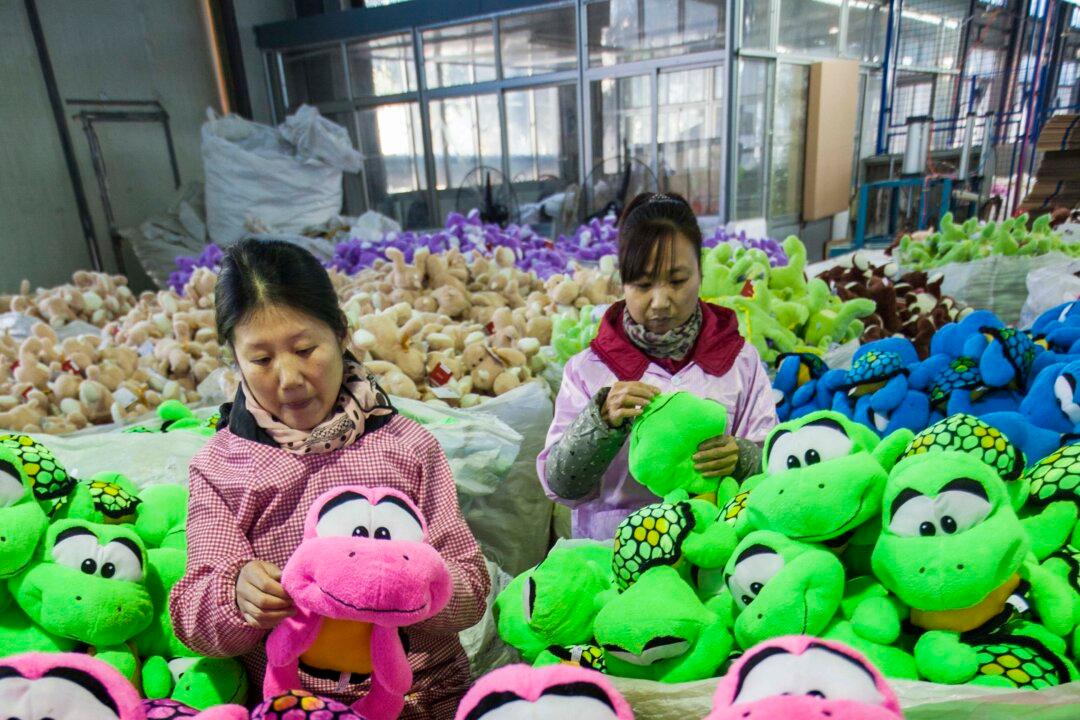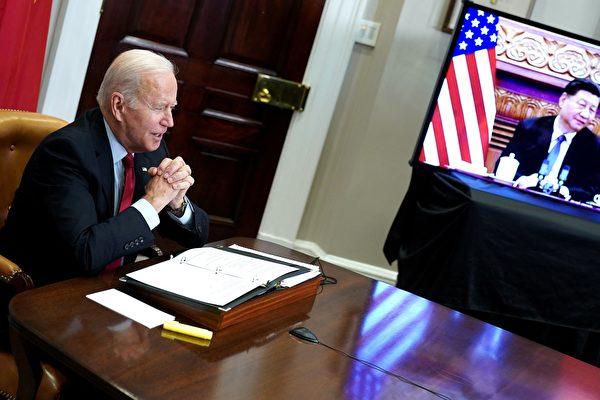In a significant shift in global trade dynamics, the United States has overtaken China as Japan’s largest export destination for the first time in four years. This development in 2023 underscores a broader movement toward the decoupling of China from Japan and Western economies.
The growing cohesion among Western nations, coupled with Japan and the United States forming a strategic counterbalance to the Chinese Communist Party (CCP), is reshaping the international economic landscape and presenting challenges to China’s global economic position.





